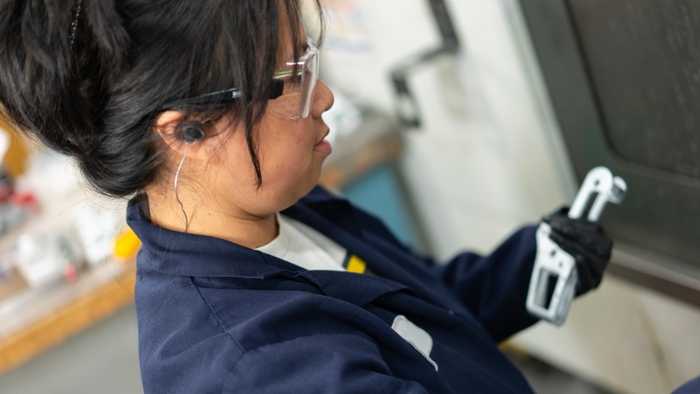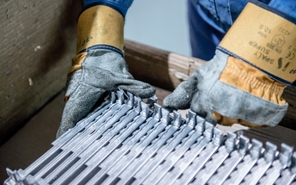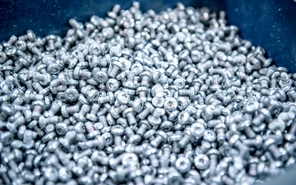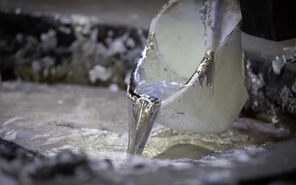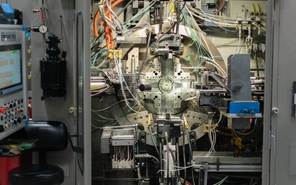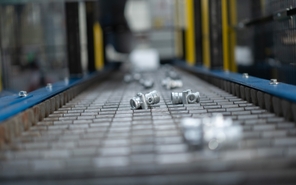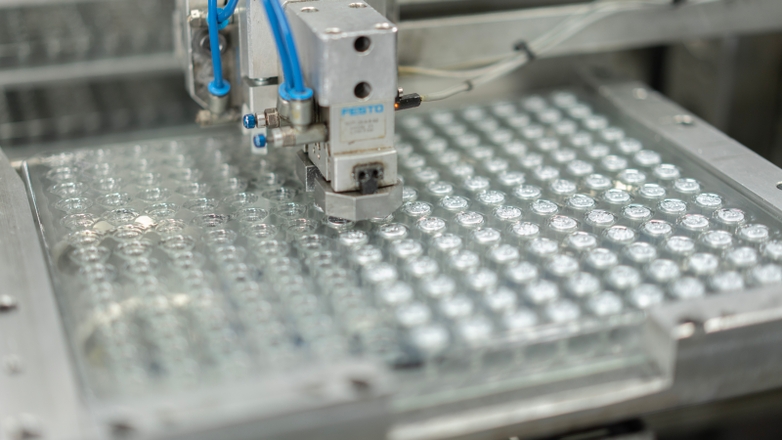
Sub Assembly
A sub assembly connects small, metal components through techniques like insert molding and overmolding.
Why Choose
Insert Molding?Insert molding is a manufacturing process where metal components are placed into a mold before molten metal is injected around them to form a finished part. Our proprietary injected metal assembly (IMA) process is a specific type of insert molding that begins with a custom tool featuring cavities for multiple components. These components are placed into the tool, and molten zinc is injected. The zinc alloy fills the cavities, hardening to create a permanent bond between the components.Benefits of Insert Molding and Injected Metal Assembly
- Strengthened structure
- Reduced Assembly
- Complex geometries
- Design flexibility
- Enhanced aesthetics
Common Applications of Insert Molding
- Electronic connectors
- Medical devices
- Telecommunications satellites
- Automotive parts
- Consumer products
Key Features Of
OvermoldingThe overmolding process creates a finished product by molding a softer or more flexible material over a rigid metal to form an end product.Benefits
- Reduced assembly
- Enhanced functionality
- Ergonomic
- Enhanced aesthetics
- Cost savings
Common Applications
- Tool handles
- Electronic device grips
- Medical devices
- Automotive interior components
What Is Sub Assembly?
Sub assemblies, like insert molding and overmolding, integrate components directly into molds during production to create parts with strengthened structures, reduced assembly requirements, and the ability to achieve complex designs. This streamlined approach improves production timelines and cost efficiency.
See All TechnologiesBEYOND THE BASICS
Elevate Your Knowledge About Dynacast’s Sub Assembly Processes
Global Reach, Local Expertise
Use our location finder to see which of our global facilities offers the processes and materials you need.
